Blog Post
Advice For The Amateur Athele
Many amateur athletes are now undertaking fitness programs in order to improve their sports performance. Whether this is weights in the gym for increased strength or pounding the pavement to improve cardiovascular fitness, there is a lot you can do as an amateur athlete to improve your performance. This month I provide 5 tips for amateur athletes to improve their performance and get the best out of their fitness training.
Train for your sport
When you put together your training program you need to consider the sport you are training for and what you are trying to improve. If you a training for a sport that requires endurance like AFL it is important not to just do long continuous runs at the one pace. Whilst continuous training should be part of your program you must also include higher intensity intervals that mimic the sport. Check out the page on General Programs to check out ideas for interval and fartlek sessions.
When planning resistance training it is important to ensuring you train the whole body and where possible utilise functional movements that mimic the movements of your sport. For example a leg press will allow you to develop strength and power, but its more functional to squat or lunge which also incorporates balance and stabilising muscles.
Train full body
Many amateur athletes (particularly males) only train their upper body to “save the legs”. Lower body training allows you to generate more power with each step therefore allowing you to go faster. It will also assist with jumping height and where relevant, kicking power.
Full body programs also assist with posture and can help prevent injuries caused by muscular imbalances.
Recover
It is important, especially during the session, to ensure adequate rest and recovery after competition and training. Elite players during competition may only complete 1 heavy session each week (other than the actual competition), with other training focusing on skills and lower intensity training. This ensures the body is fully recovered and primed for optimal performance come game time.
Other considerations for recovery are ice, nutrition and swimming. Swimming is a great option due to its low impact and lack of gravity. Aim for 48 hours rest between resistance training sessions and during recover from competition.
Nutrition
For specific nutrition advice you will need to consult an Accredited Practicing Dietician, but the AIS website also has some great advice on nutrition for sport. It advises on protein and carbohydrate requirements. Also consider hydration, pre and post event nutrition.
Balance and Proprioception
Many injuries, especially lower limbs, occur due to poor balance and proprioception. Proprioception is the ability of joints to know where they are in space. For example when you catch a ball you don’t have to watch each of the joints in your arms to get into position, you watch the ball and your proprioception allows you to get into the correct position. The more we train our proprioception the better it becomes.
The jump and bump is a good exercise for practicing landing for sports where contact occurs. This includes sports like basketball and netball that are supposedly non-contact. The exercise involves the participant doing a jump squat and whilst in the air they are bumped to change their centre of gravity and cause them to adjust when landing. Other more simple proprioception exercise include balancing in a stalk stance, balance on a balance cushion, dura disc or bosu ball, etc.
